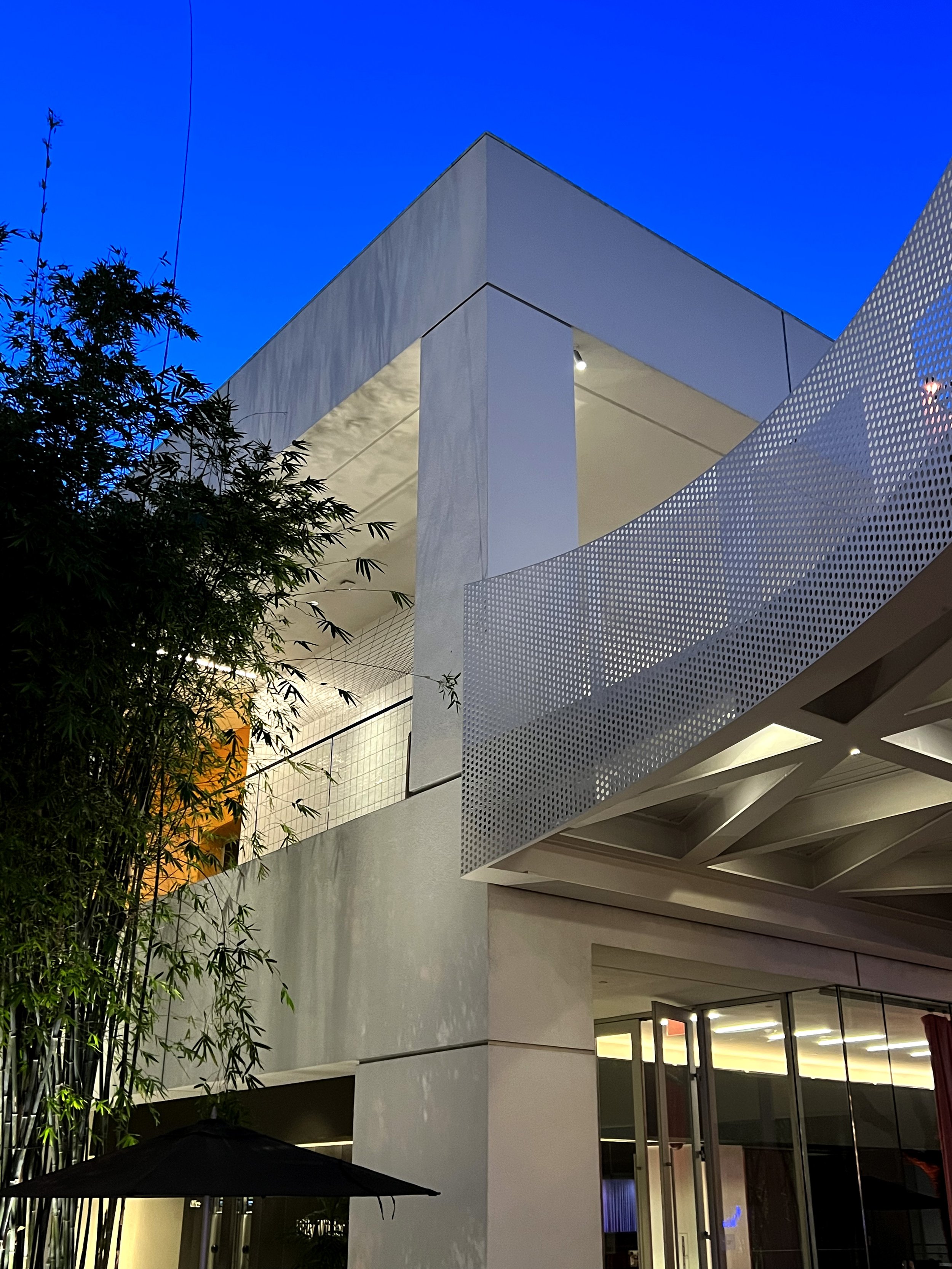History of the Hammer Museum
Did you know that the Hammer Museum was not affiliated with UCLA when it first opened its doors in November 1990? In its 33 years of history, the Hammer Museum has changed a lot in order to become the museum we know and love today.
Keep reading to learn the history of the Hammer Museum.
According to the Hammer Museum’s about us page, the Hammer was founded by Dr. Armand Hammer. The museum originally featured Dr. Hammer’s collections of old master paintings and drawings, as well as a collection of works on paper by Honoré Daumier and his contemporaries. However, three weeks after the museum opened, Dr. Hammer passed away, and many spaces in the museum remained unfinished.
In April 1994, UCLA took over the management and operations of the Hammer Museum following two years of negotiations. In 1995, UCLA the Wight Art Gallery and the Grunwald Center for the Graphic Arts’ collections and staff to the Hammer. The museum also took over responsibility for the Franklin D. Murphy Sculpture Garden, located at the north end of the UCLA campus.
In 1999, Ann Philbin became the director of the Hammer Museum and pushed the museum to become the nationally and internationally recognized institution it is today. During her tenure, the Hammer Contemporary Collection was formed, which now holds over 2,000 works of art. She also renovated the museum, adding the 300-seat Billy Wilder Theater and museum café. Finally, the museum began hosting the Hammer Projects, a series of contemporary exhibitions and installations featuring local, national, and international emerging artists.
The Hammer is free to visit Tuesday to Sunday from 11 a.m. to 6 p.m. Guests are welcome to learn more about the pieces in the museum through the Hammer’s free mobile guide on Bloomberg Connects. The museum also has presents more than 300 dynamic public programs each year, which are listed on the Hammer’s public programs website.
Learn more about the Hammer through its website, linked in the button below.


